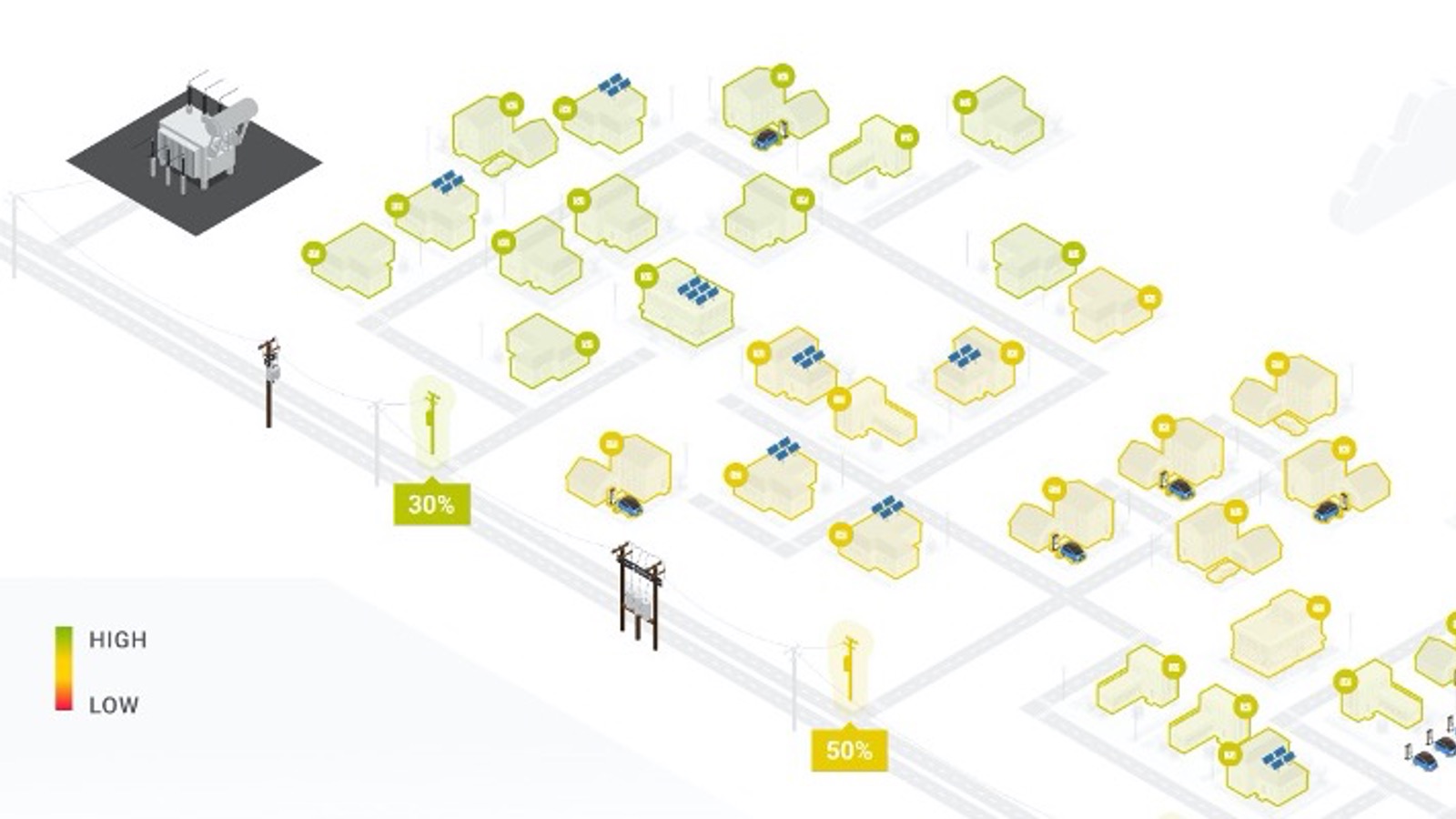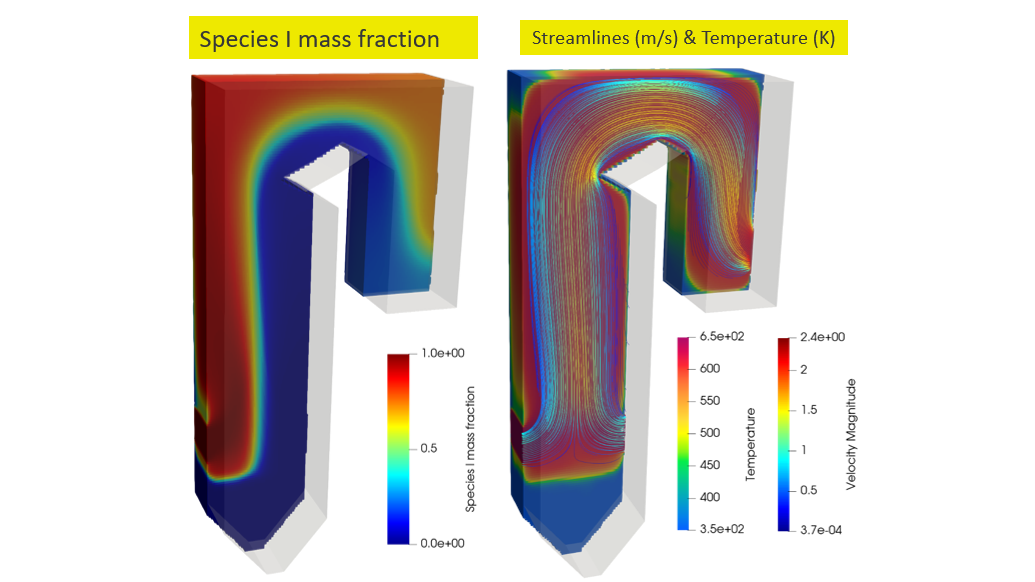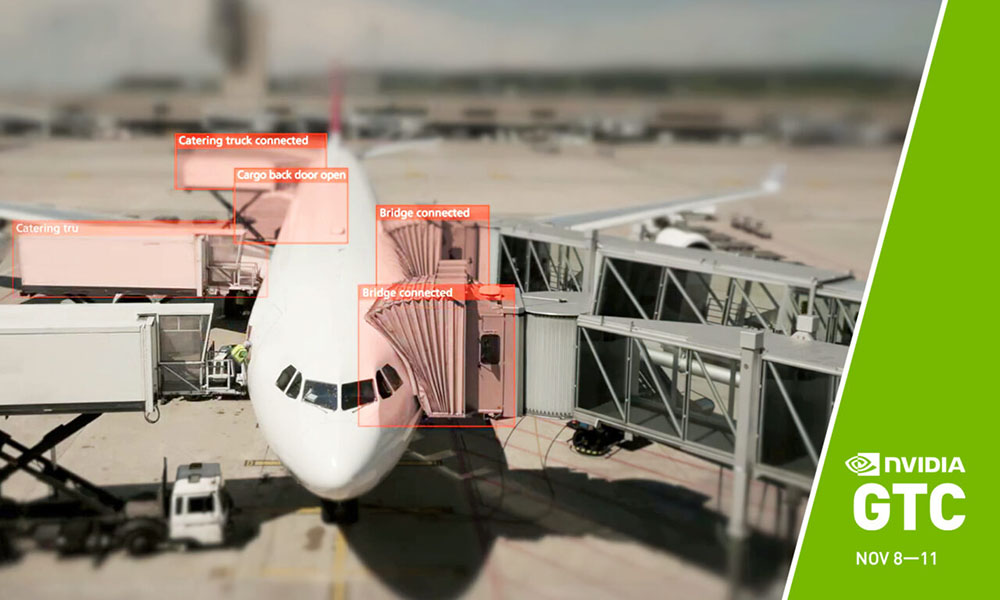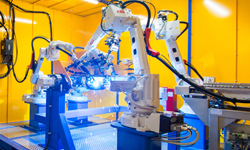Utilities are challenged to integrate distributed clean energy resources—such as wind farms, rooftop solar, home batteries, and electric vehicles—onto legacy electric grid infrastructure. Existing systems were built to manage a one-way flow of power from a small number of industrial-scale generation plants, often run using coal, natural gas, or nuclear.
Energy output from these sites was predictable and controllable to align power generation with electricity demand. Scheduling outages for maintenance was a routine task that limited service disruptions for customers counting on a reliable grid to keep the lights on.
However, the global shift to accelerate the energy transition and achieve net-zero emissions has exposed the flaws of existing grid infrastructure. Output is difficult to predict and control because there are numerous energy resources that each generate small amounts of power that can either be consumed or redirected back to the grid. These resources are distributed in different locations and generate varying amounts of power, making them difficult to manage.
To manage distributed energy resources, a new approach to power grid management is needed that’s based on edge AI and high-performance computing (HPC). This combination creates an accelerated computing platform that enhances grid resiliency through demand forecasting, optimal power flow, grid simulation, and predictive maintenance of existing infrastructure to transform legacy grids into software-defined smart grids.
Powering the next generation of industrial power plants
The first step to digitizing grids starts with power generation. Globally, industrial plants generate 24,000 terawatt-hours (TWh) of electricity per year, with nearly 38% produced by nuclear, hydro, wind, solar, and renewables.
Heavy machinery—such as generators, turbines, pumps, and reactors—requires routine maintenance, but unplanned downtime can prevent effective service delivery, impact revenue, and lead to expensive repairs. Manually intensive inspections reduce productivity, create unnecessary risks to worker health and safety, and could damage industrial equipment.
Siemens Energy
To minimize maintenance disruptions, energy companies are building industrial digital twins of real-world power generation sites. Siemens Energy, a global energy technology provider, created a virtual replica of their heat recovery steam generator (HRSG) using NVIDIA Modulus (a physics-machine learning framework) and NVIDIA Omniverse (a 3D design collaboration and physically accurate simulation platform). HRSGs use heat exhaust from gas turbines to create steam used to drive steam turbines, which improves plant efficiency and output while reducing operational costs.
The company developed a new workflow that feeds temperature, pressure, and velocity data to Modulus and simulates steam and water flow in real-time using Omniverse. By accurately predicting corrosion with a digital twin, Siemens Energy estimates that utilities could save $1.7 billion annually by automating equipment inspections and cutting downtime by 10% per year.
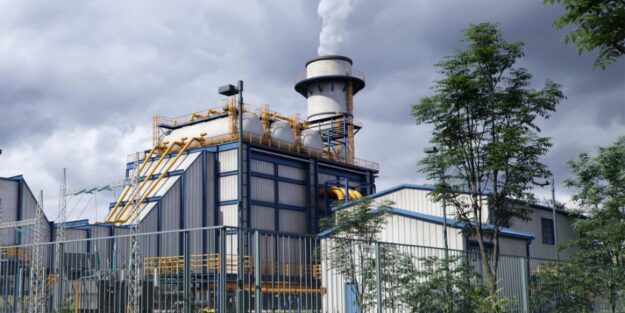
Siemens Gamesa
Power is also generated in offshore platforms, such as wind farms, where higher wind speeds drive turbines and generate more electricity per capacity installed than onshore sites. Traditional methods to simulate turbulent wind flow, wake effects, and other scenarios are computationally intensive and costly.
Siemens Gamesa, a leader in renewable energy, built a digital twin to model their offshore wind farms, which generate over 100 gigawatts of energy each year. Using the NVIDIA digital twin platform for scientific computing, the company was able to simulate wake effects up to 4,000x faster with high accuracy and fidelity. Faster computational fluid dynamics simulations shorten the time to design an ideal wind farm, which leads to increased electricity output and lower operating costs.
Gigastack
Energy companies are exploring processes to sustainably power industrial plants, replacing fossil fuels with “green hydrogen”. A new industry consortium is developing Gigastack, the world’s first industrial-scale green hydrogen project, to accelerate the country’s net-zero emissions goals and create a framework for successful operations around the world.
The project, now in the second of three phases, aims to use renewable electricity produced by offshore wind to split water into oxygen and renewable hydrogen, to fuel the Phillips 66 Humber Refinery in the United Kingdom. Worley, the project’s lead engineering firm, leveraged Aspen Technology’s Optiplant software to remotely collaborate on a physically accurate 3D conceptual layout of the Humber Refinery with designers and engineers around the world. The digital twin layers multiple dimensions to automate plant processes, such as scheduling, cost estimation, emissions, maintenance, and worker safety.
Modernizing legacy grid infrastructure
After it’s generated, electricity must move through transmission and distribution lines to reach end customers, whether they’re residential, commercial, or industrial. A significant portion of the energy is lost in this process, which reduces the available energy supply. In addition, extreme weather events, such as snowstorms, wildfires, and floods, threaten the reliability of the grid.
In the event of widespread power outages due to large storms or other causes, utilities route trucks to service downed lines in the field to restore power quickly and efficiently. However, routing vehicles is an exponentially complex problem.
NVIDIA cuOpt helps utilities dynamically reoptimize truck rolls as new challenges arise or power grid assets go offline. The route optimization software suite uses GPU-accelerated logistics solvers relying on heuristics and optimizations to deliver dynamic rerouting simulations and subsecond solver-response time.
Electric Power Research Institute
Accelerated computing enables utilities to optimize power flow, predict grid anomalies, prevent unplanned blackouts, and automate maintenance. Electric Power Research Institute (EPRI), an independent, nonprofit energy research and development organization, is building a grid simulator with NVIDIA to schedule outages of power systems and minimize downtime.
Using AI and HPC, utilities can model the electric grid as a connected graph with transformers and substations as nodes and transmission lines as edges. These models are trained on historical data to simulate specific grid outages, and address challenges to accommodate variable renewable energy, distributed energy resources, and shifting flow patterns.
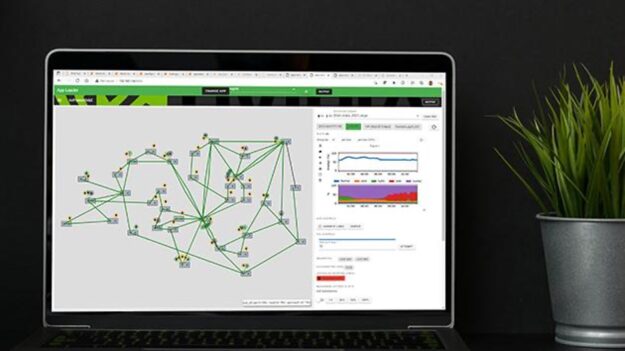
This method of contingency planning extends beyond N-1 (single asset failure) to multipoint failures that enhance resiliency at the regional–, micro–, and nano-grid levels. The tool simulates AC power flow (ACPF) as steady-state branch currents and node voltages of a transmission grid circuit, given input profiles for loads and generators.
As clean energy resources expand, the grid simulator can guide operators to redispatch or reconfigure network topology by solving millions of simultaneous ACPF problems in seconds.
HEAVY.AI
With utilities’ limited visibility into their infrastructure, vegetation near grids poses a wildfire threat to neighboring communities and wildlife habitats. Managing vegetation requires real-time data analysis to proactively monitor transmission lines and transformers.
HEAVY.AI, an advanced data analytics company, analyzes terabytes of geospatial data from satellite, LIDAR, weather, and vegetation health. A strike tree model enables risk-based vegetation management, while a web-based dashboard provides insights for predictive maintenance and wildfire mitigation.
IronYun
At electric substations, safety and security are critical to automation and maintenance of reliable grid operations. Startups such as IronYun are using computer vision to monitor security access or equipment health. Using existing IP cameras and intelligent video analytics, the company’s platform can help ensure protocols for worker health and safety are followed and prevent onsite breaches.
Unlocking edge intelligence with smart grid technology
At the edge of the grid, energy reaches its final destination in homes, office buildings, factories, stores, and more.
Utilidata
Utilidata is working with NVIDIA to develop a smart grid chip that can be embedded in smart meters. The chip can enhance grid resiliency, integrate distributed energy resources (DERs) among solar, storage, and EVs, and accelerate the transition to a decarbonized grid. The chip is designed to be a platform for innovation, with a set of core grid operations services developed by Utilidata that will enable applications developed by third parties.
Figure 3 shows the platform tools and Utilidata’s core services for advanced metering infrastructure, which come embedded on the smart grid chip, and examples of applications that could be developed.
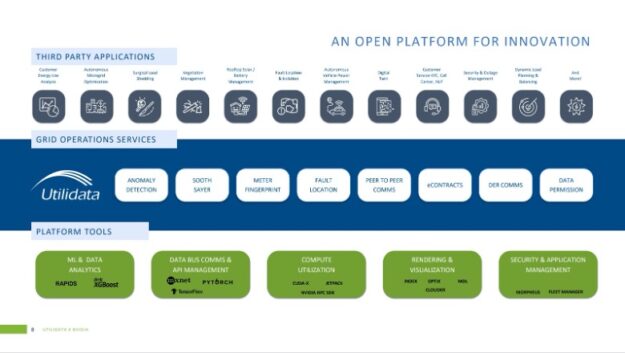
Noteworthy AI
Utilities can also automate and simplify the inspection of distribution poles, power lines, and other pole-mounted equipment.
Using computer vision and smart camera systems, Noteworthy AI can detect cracks, corrosion, breakages, high-risk vegetation, and other potential issues through inference at the grid edge. The camera system, built on the NVIDIA Jetson edge AI platform, is mounted to utility trucks and collects 60-megabyte images of grid infrastructure during field servicing.
Running multiple AI models at the edge on Jetson, with only a subset of images sent to the cloud for analysis, reduces the cost of compute for Noteworthy AI.
Accelerating the energy transition
Utilities are at the forefront of the clean energy transition, but must modernize transmission and distribution grid infrastructure to manage renewable energy resources at scale. Accelerated computing can power this digital transformation and create software-defined smart grids that deliver reliable energy and accelerate sustainability initiatives.
To learn more, read the Top AI Use Cases for Utilities industry brief.
You can also explore NVIDIA solutions transforming the power and utilities industry.
Image credit: Utilidata smart grid chip demo
